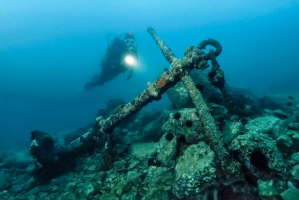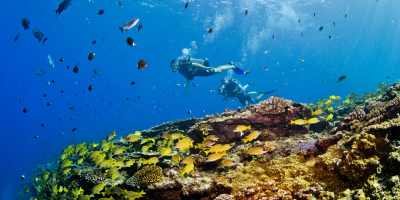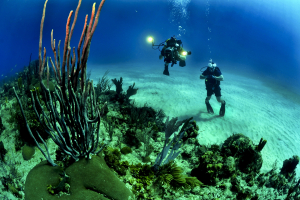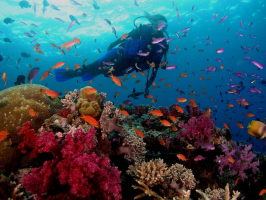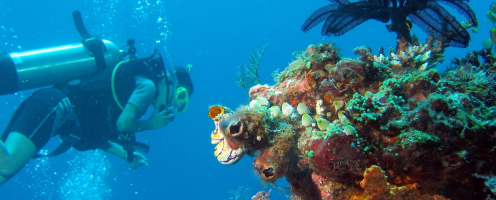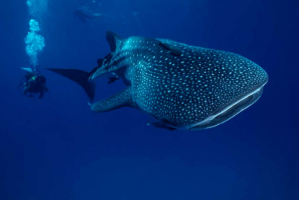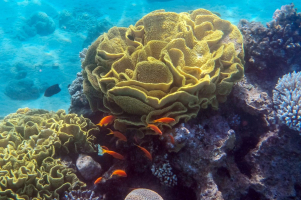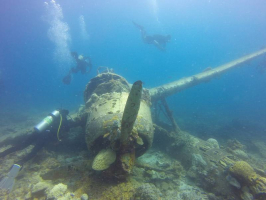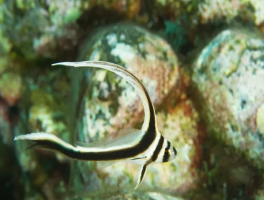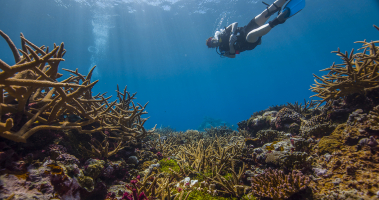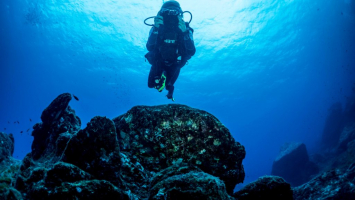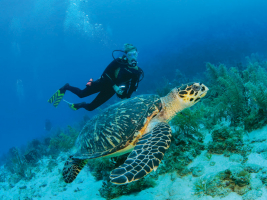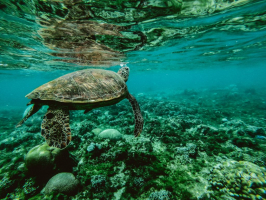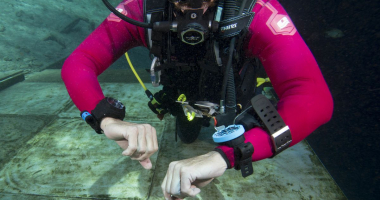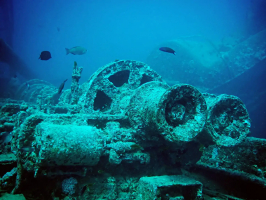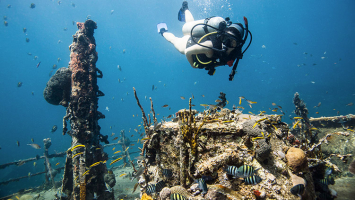Top 10 Best Diving Sites in Estonia
Estonia is one of the Baltic states and is located in Northern Europe. Estonia's waters are well-known for all of the shipwrecks that have fallen to the sea's ... read more...bottom throughout time, making them excellent for technical diving. Let's explore how the Best Diving Sites in Estonia can surprise you!
-
On its keel on 38m, the wreck lies near the island of Naissaare. The decks are 27-33 meters deep. The Bungsberg wreckage is complete and in excellent condition. It was called after the Howaldtswerke in Hamburg, where it was built in 1924. Many visitors consider this to be one of the Best Diving Sites in Estonia.
When it was sunk by a mine in 1943, it was briefly known as Bungsberg. Damage may be seen on the forward starboard side. Bungsberg (originally called Eva, factory body number 646) was a cargo ship built in 1924 for China Reederei AG at Howaldtswerke in Hamburg, Germany. At a depth of 38 meters, the ship is lying upright on its keel.
The top components of its bridge, as well as its funnel and after the mast, are lost. On its nasal swimming, the damage from the mine explosion is readily obvious. Its four cargo compartments are all empty. Divers can get around in the compartments easily because it is quite shallow compared to sea level.
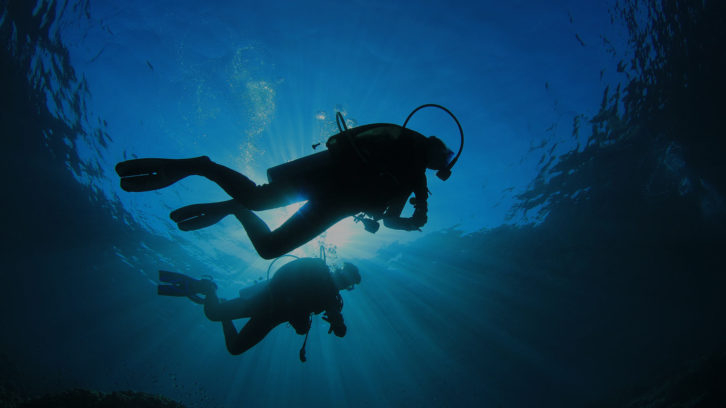
http://divescover.com/dive-site/ 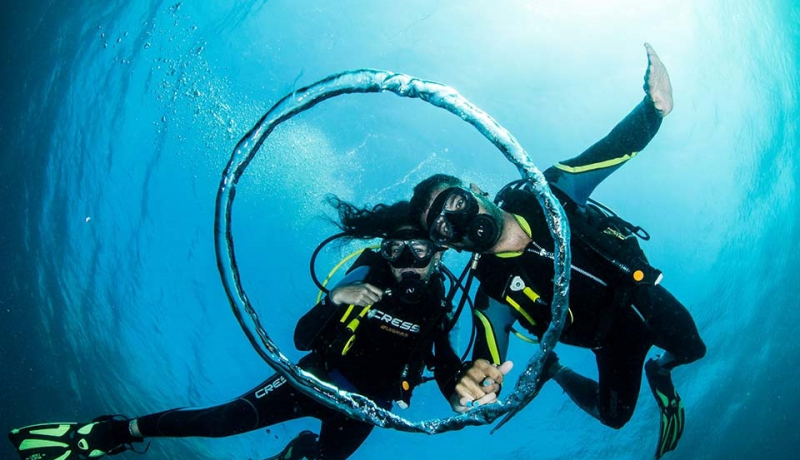
http://divescover.com/dive-site/ -
Motorsailer "Jaen Teär" was built in 1926 and holds the name of a legendary captain and ship builder sunken in December 1945 as it was told to deliver goods to an occupation army garrison through some ice on the water that damaged the wooden ship.
"Jaen Teär" now lies at 39 meters, the deck is at 35 meters. Visibility is above average, temperatures usually around 2 degrees celsius, only a slight green glow of sunshine is visible if looking up. The ship is very well preserved as at this depth there is almost no oxygen and marine life.
Outside the wreck is covered by seashells. The wreck is amazing by its variety of details holds are filled with grain, steering wheel is intact and propeller framed by wooden vanes. The wreck is under heritage protection and special permission is required to dive it. At the time of the sinking, grain was being delivered, and that grain is still there today. The helm is in good condition, and the compass is still visible on the decks.
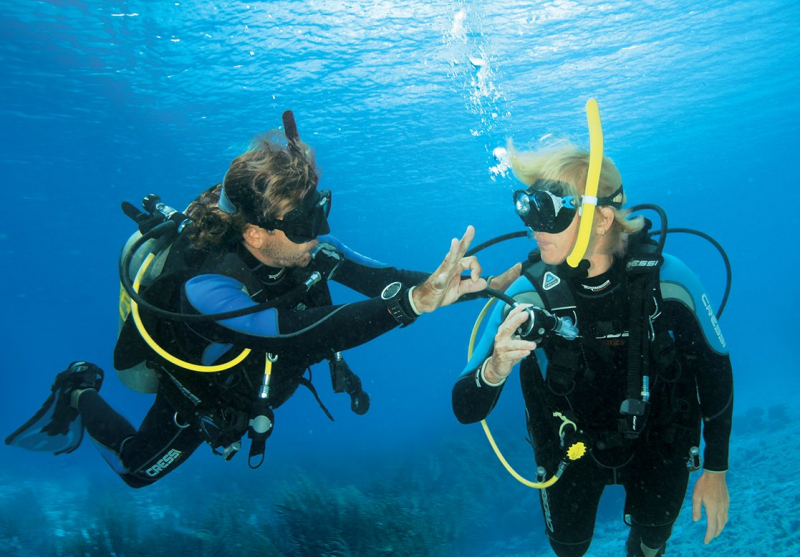
https://dive.site/ 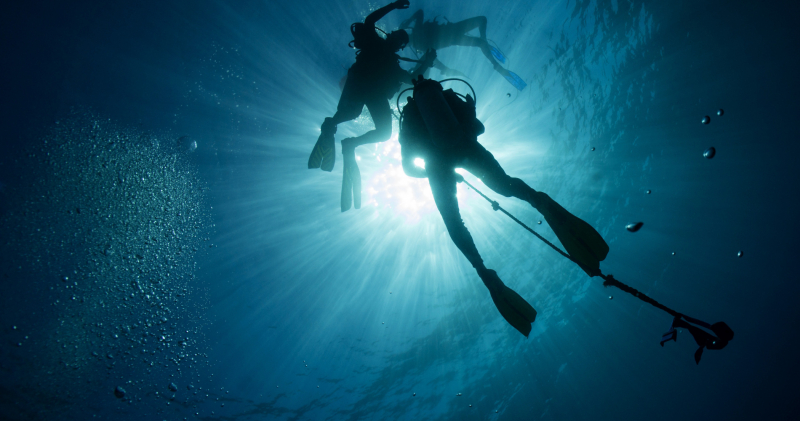
https://dive.site/ -
The sailboat was built in Koivisto, Finland, in 1917. The ship's length is 32.27 meters, its breadth is 8.67 meters, and its draft is 3.62 meters. There was a displacement of 226 BRT. The sailboat was known as "Polaris" until 1938, when it was sold to the Estonian shipping business "Raa." It is one of the Best Diving Sites in Estonia.
It was renamed "Raa" since there was already a ship named "Polaris" in Estonia. The ship is thought to have sunk in an explosion on August 8, 1941. The Estonian Maritime Museum discovered it while doing fieldwork in 1996 (by Vello Mäss). Raa was nationalized in 1940 and handed it to the Riiklik Merelaevandus (National Shipping Company).
All of the deck structures are vanished, and the inside is similarly in disarray. It's presently at a depth of 26 meters, and it's only for experienced open water divers. This will indeed be the ideal diving place for those who love the feeling of adventure and mystery.
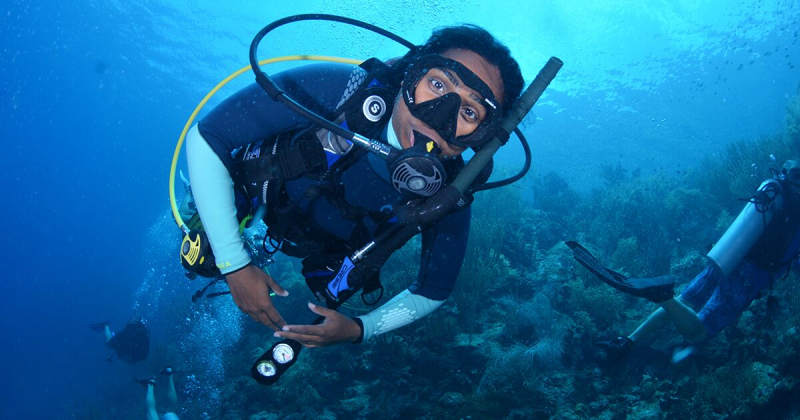
https://www.tripsavvy.com/ 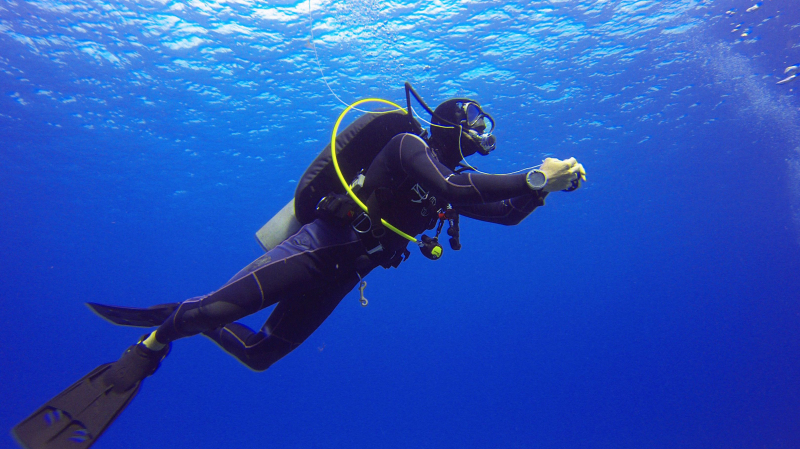
https://www.tripsavvy.com/ -
In Riga, the tugboat "Heino" (formerly "General Surovtsev") was built in 1902. When a magnet mine burst adjacent to the ship on November 21, 1944, the "Heino" sunk. Three members of the crew perished. The wreck is located near the Greek island of Aegina. This is considered one of the Best Diving Sites in Estonia.
The explosion tore a section of the engine room wall and the captain's bridge apart. The remainder of the ship is in excellent condition. The Heino is in generally good shape and is an excellent beginner's item. Heino is reachable via RIB boat.
An 18-meter tugboat is shown in this dive. The spacecraft is still in decent shape, with only a few parts damaged from the original explosion. Shipwrecks like this are wonderful habitats for a diverse range of marine life. You may explore the waters, which are home to over 1000 different species of fish and corals.
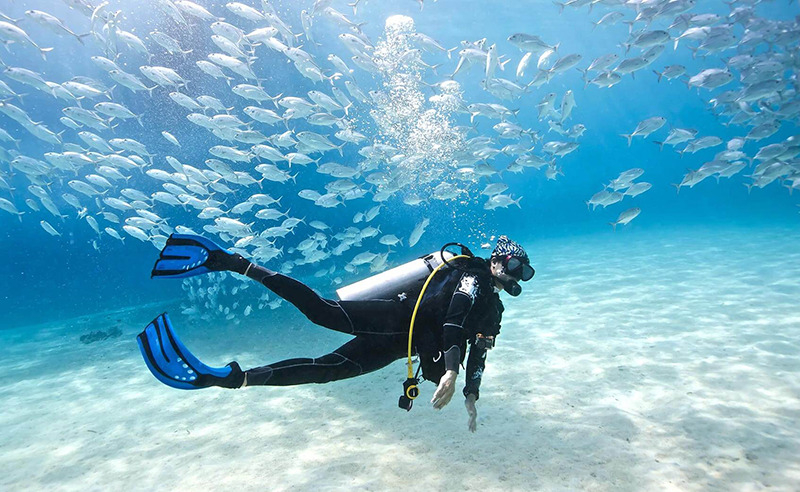
https://www.mydivingworld.com/ 
https://www.mydivingworld.com/ -
In most cases, visibility is excellent. The average depth is 8-9 feet, with a maximum depth of 12 feet. You must go by automobile to reach Rummu Quarry. OWD divers will like this dive location the most. An old quarry was filled with fresh water.
Rummu's quarry lake offers crystal-clear water and something fascinating at the bottom, making it a long-time diver's favorite. A type of underwater museum may be found at the lake's bottom. At the lake's bottom, there are various structures and garages. These belonged to the jail or were found in the quarry. There are also a number of machineries and mining equipment on the premises.
Seeing all of this underwater is a once-in-a-lifetime experience for guests. Let's plan scuba diving from the Holiday Centre's landing, as well as a huge raft. With an experienced teacher, the diving is done in complete diving gear. As a result, you plunge in and take in the views as well as the underwater environment.
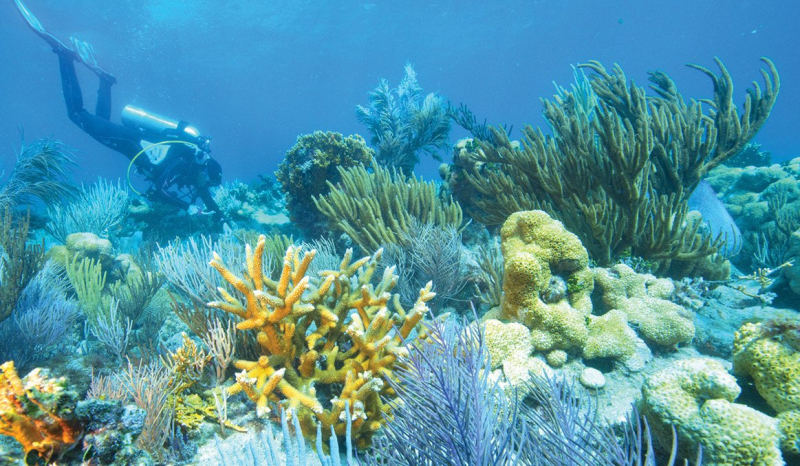
https://www.visitestonia.com/en/diving-at-lake-rummu 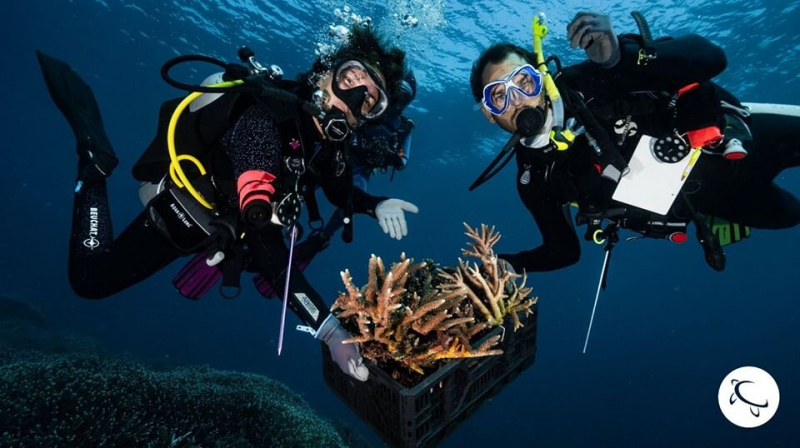
https://www.visitestonia.com/en/diving-at-lake-rummu -
The Tsarist Russian submarine Akula was the first to be fully conceived and built for lengthy patrol missions. It was launched in 1909 after being built at the Baltic Shipyard in St Petersburg. It was utilized for 19 patrols in the Baltic Sea during World War I throughout its lifespan.
It was assigned to place four mines on a fairway between Klaipeda and Liepaja in 1915. Instead, it hit a mine and drowned en route to the mission area on November 15th. All 35 members of the crew died. The boat was supposed to use petrol engines at first, however they were changed with safer diesel engines.
The boat had a single hull/ seat tank configuration and could dive to a depth of 25 fathoms (45 meters (148 feet)). Significant early issues were encountered, necessitating the replacement of the electric motor and propellers. The Russian submarine Akula was the first to be capable of long-distance travel.
It is only appropriate for experienced divers. When the regulations for diving to monuments are fulfilled, diving to the wreck is not perilous. An anchor buoy is stationed adjacent to the wreck throughout the navigation season.
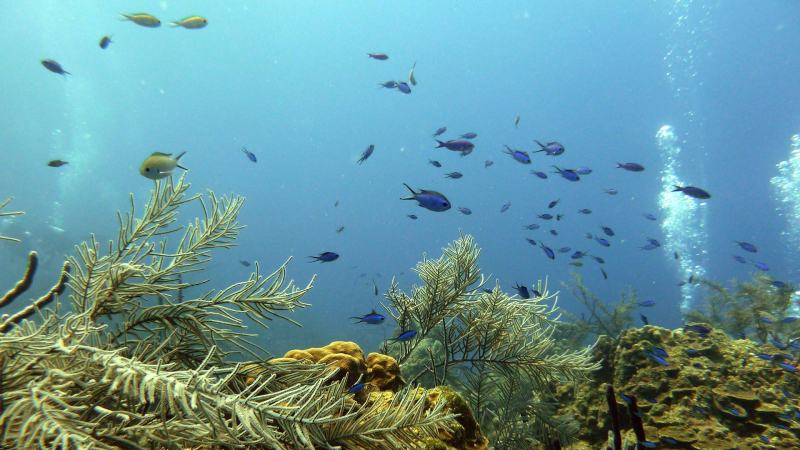
https://projectbaltacar.eu/ 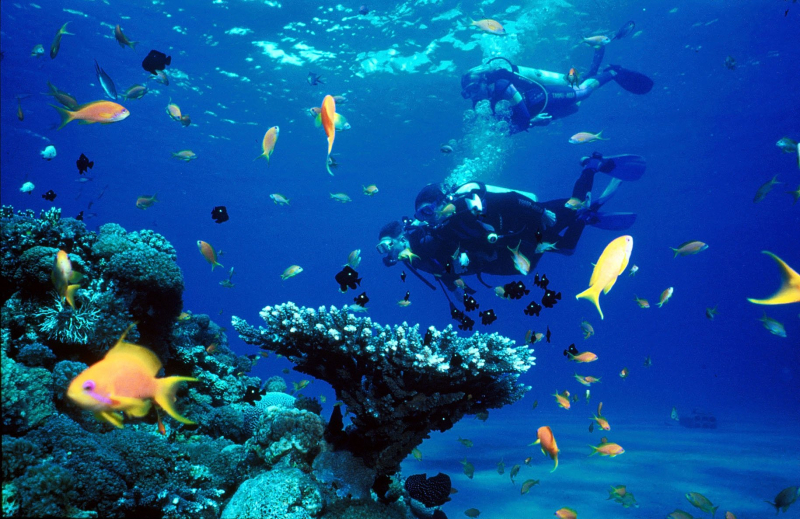
https://projectbaltacar.eu/ -
The Jos. L. Meyer Shipyard in Papenburg built the German North Sea fishing trawler in 1916. The ship was armed and participated in the 1917 German landing on Saaremaa. Wreck "Altair" was lost between Hiiumaa and Saaremaa on October 14, 1917. Many visitors consider this to be one of the Best Diving Sites in Estonia.
Wreck "Altair" had 231 BRT, a displacement of 550 tons, a length of 39.02 meters and a width of 7.10 meters, a steam engine with 500 horsepower, and a crew of 31 men. An explosion caused the spacecraft to split in half. The weapons on board have survived. Only experienced divers should attempt it.
Only diving under the supervision of a certified business operator or with a diving licence from the Estonian National Heritage Board is authorized. An anchor buoy is stationed adjacent to the wreck throughout the navigation season. This area often has quite erratic weather in the fall from July to October, so you should choose to dive here on summer days to enjoy the cool waters of the sea here.
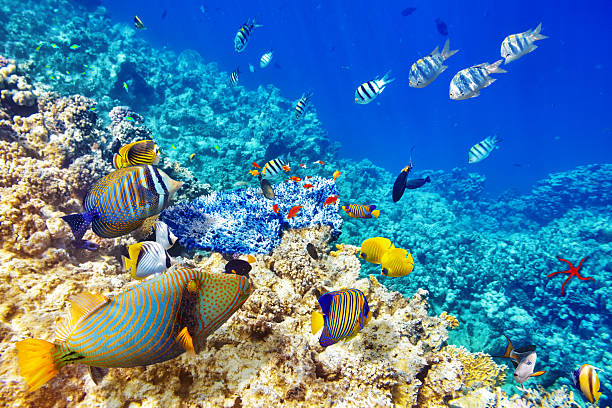
http://www.escapingabroad.com/ 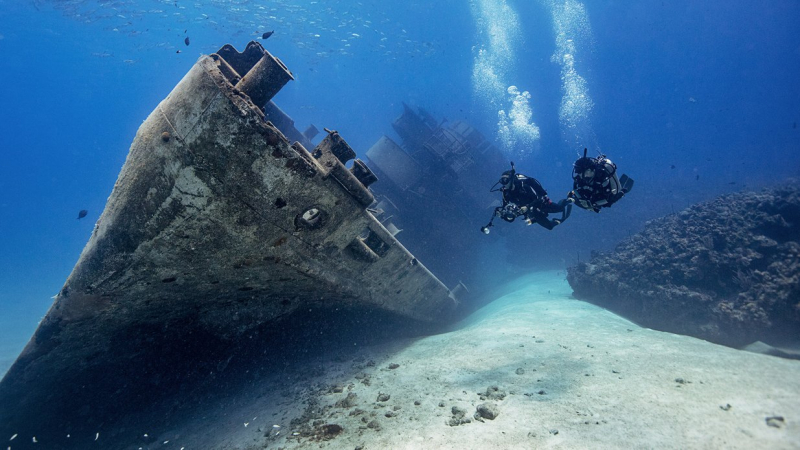
http://www.escapingabroad.com/ -
The wreck E. Russ used to be the cargo steamship was ordered by the German shipping firm Ernst Russ in 1909. It was awarded to England as war reparation in 1919. Estonia purchased equipment from the US Army Liquidation Committee after World War I ended in order to support its army during the War of Independence.
On September 15th, 1919, the E. Russ, carrying supplies, arrived at Tahkuna Peninsula, where at 4 a.m., it collided with a floating mine in a turbulent sea. Although the ship sank in 15 minutes, all 27 crew members and eight guests survived. E. Russ was transporting things worth about $2 million, including 50 automobiles, spare parts, and two motorbikes.
Salted pork, bacon, sardines, oleomargarine, vinegar, dried potatoes and carrots, turnips and onions, plums and bread, marmalade, condensed milk, coffee and tea were all found in the ship's hold. Only a minor portion of the shipment was recovered. Following the Estonian War of Independence, multiple attempts were made to remove and eliminate the wreck E. Russ, but they all failed.
Diving at Wreck "E.Russ" should pay attention to hire professional scuba diving instructors. Cabins can collapse or crack causing danger, so it's important to have a guide for scuba diving. They have a lot of experience in surveying the terrain and showing us the amazing sea creatures here.
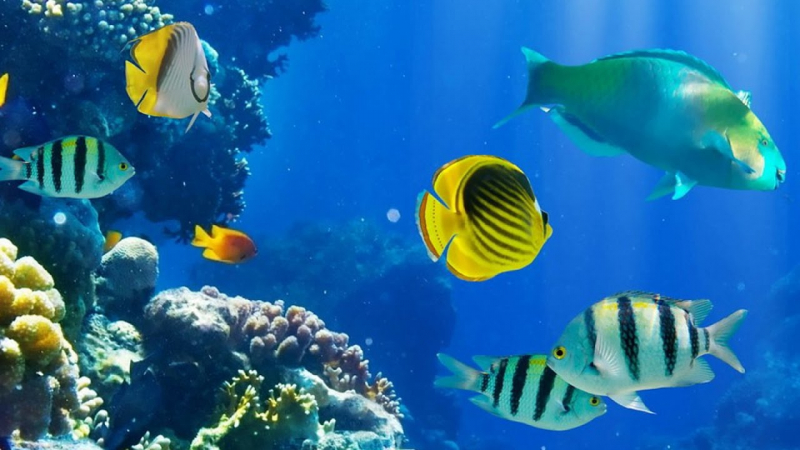
http://divescover.com/dive-site/ 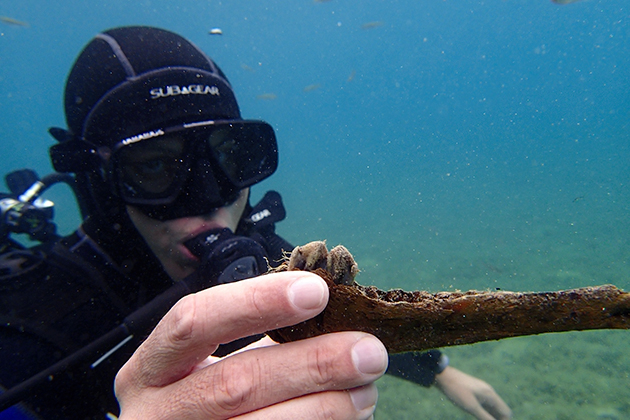
http://divescover.com/dive-site/ -
Built in 1939, the wreck "Vest" was a Russian motor-hydrographic vessel. It served as a mine planter during WWII. On the 27th of June 1941, the wreck "Vest" was sunk by a marine mine at Laine shoal at the mouth of Hari kurk (Moonsund). Two crew members died as a result of the accident. It has an 860 ton displacement, a length of 56.8 meters, and a width of 9.3 meters.
If Wreck "Vest" dive is meant to be a decompression dive, decompression gases are usually carried in side-mounted cylinders. Many wrecks, however, are difficult to penetrate with both back-mounted and side-mounted cylinders, necessitating the employment of a different configuration or leaving decompression gases outside the wreck prior to penetration. This means that if a diver exits the wreck at a different position than when they entered it, they may be unable to relocate their decompression gases. Many visitors consider this to be one of the Best Diving Sites in Estonia.
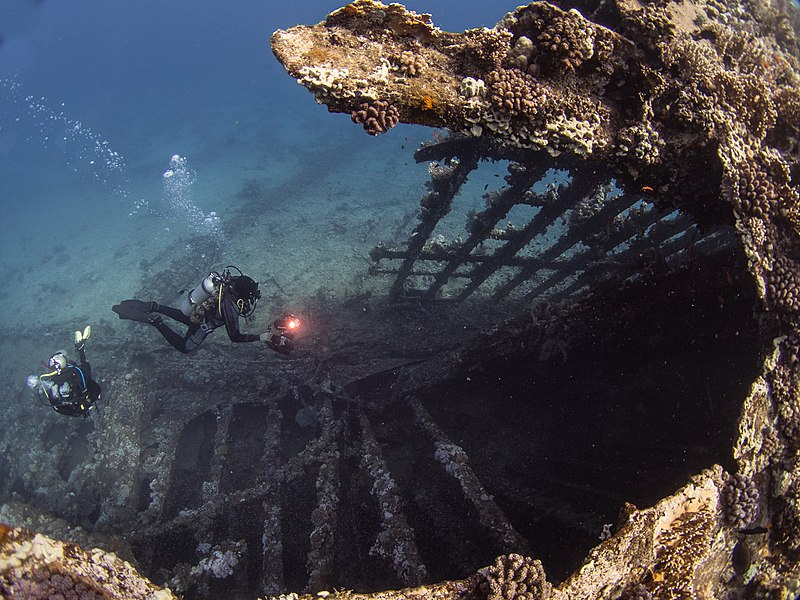
https://www.wikiwand.com/en/Wreck_diving 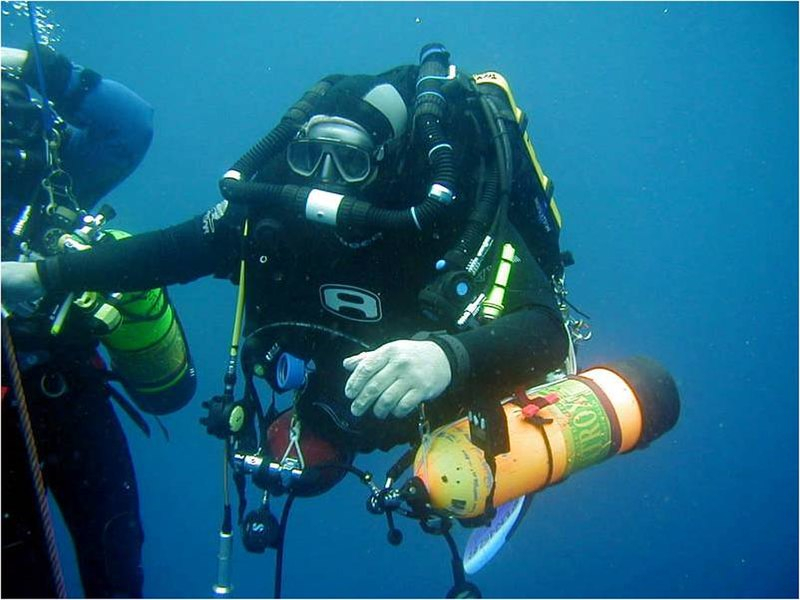
https://www.wikiwand.com/en/Wreck_diving -
The Wreck "Škiv" had been covered in a mixture of sand and gravel in preparation for being encased in concrete as a permanent grave site, but the project was never finished. There is at least one hole in the hull on the starboard side, which runs downhill from the first deck (the MS Estonia is upside-down, with the deck virtually face-down into the bottom – ed.).
The precise proportions of this breach are now unknown due to the fact that it is partially concealed by the seafloor. There are also other deformations and damage visible in Wreck "Škiv". T-208 kiv was a minesweeper of the fugass class (in total 44 were built). The ship was launched on October 31, 1938, after construction began in 1937 at the Ust-Ishorski Shipyard. The "Sudomeh" Shipyard finished the building. From October 12, 1939, it was part of the Baltic fleet. Only sailor M. Zenin survived after the ship went down with practically the whole crew. 476 tons of displacement, 62 meters in length, and 7 meters in breadth. Armament: one 100 mm gun, one 45 mm cannon, one 37 mm gun, 40 mines, and depth charges.
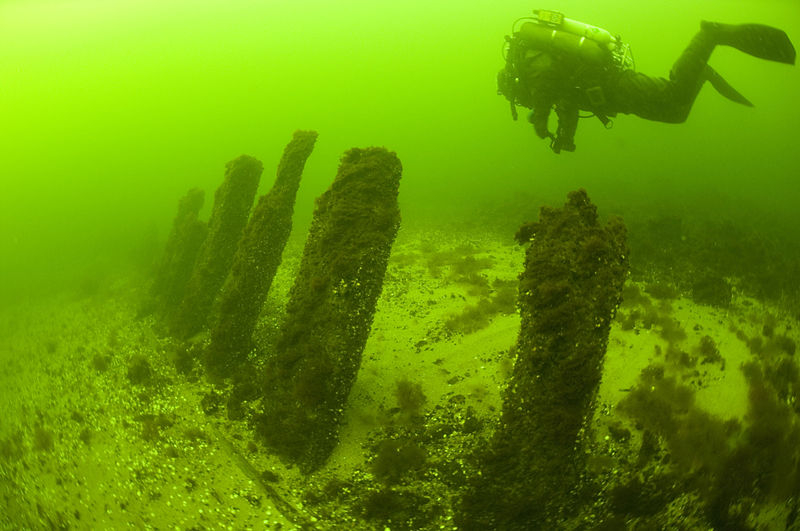
https://www.dailyadvent.com/ 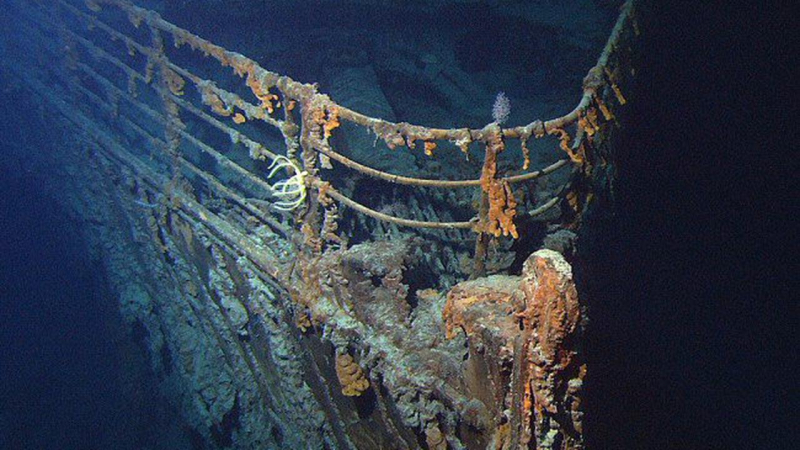
https://www.dailyadvent.com/












